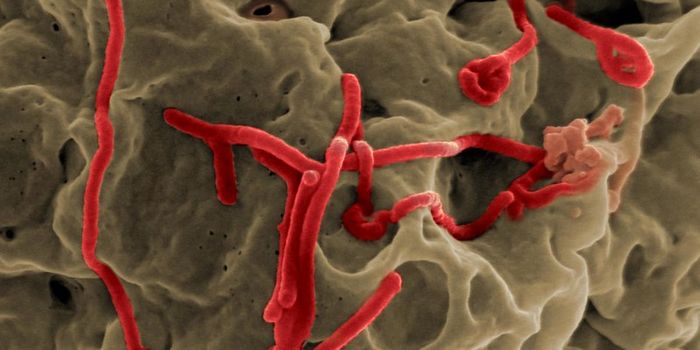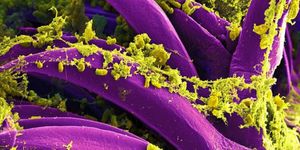Flexible Film Can Change Color Like Chameleon Skin
Chameleons are well known for their ability to change the color of their skin to blend in with their surroundings, send signals to one another, or to control their body temperature. Humans have long tried to learn to use these abilities in new technologies or electronics, but there have been limitations to the materials that have been created thus far.
Now researchers have engineered a new film that is flexible and can change color when pressed, stretched, or in response to humidity. The work has been reported in ACS Applied Materials & Interfaces.
When chameleons relax or tense their skin, they can alter the way light is reflected by crystals of guanine that sit below the surface; these generate what's called structural colorations. Structural color is different from color that is based on pigment, and what is most common in the skin of animals throughout nature.
Though the crystalline nanostructure of chameleon skin has been mimicked by scientists before, these nanostructures are challenging to make or require petroleum-based materials that are harmful to the environment. but the newly developed film is based on cellulose nanocrystals. They can self-assemble into the film, which is iridescent with structural color.
While these kinds of films are typically fragile, in this work, the researchers made material that is highly flexible. They did so by adding a polymer called PEGDA. With UV light, it was crosslinked to the rod-shaped nanocrystals. The resulting film can generate colors from blue to red depending on how much PEGDA is used. When stretched, the color changes gradually from red to green and back when relaxed in the case of one film, for example. Color changes that were produced in response to humidity and pressure made it possible to show or disguise writing with an inkless pen.
These films might be useful in encryption, devices that measure strain, or anti-counterfeiting measures, noted the researchers.
Sources: Science Daily via American Chemical Society, ACS Applied Materials & Interface









